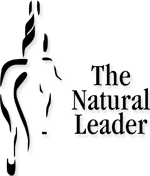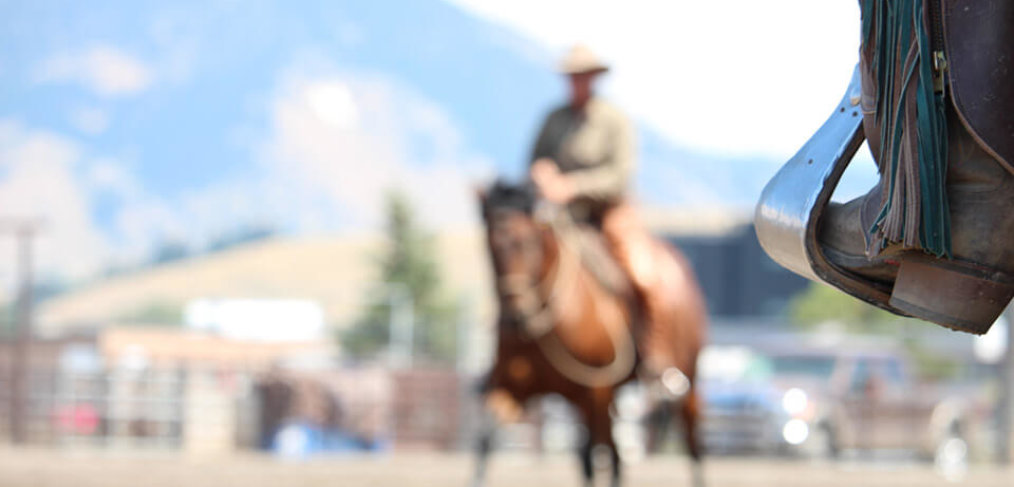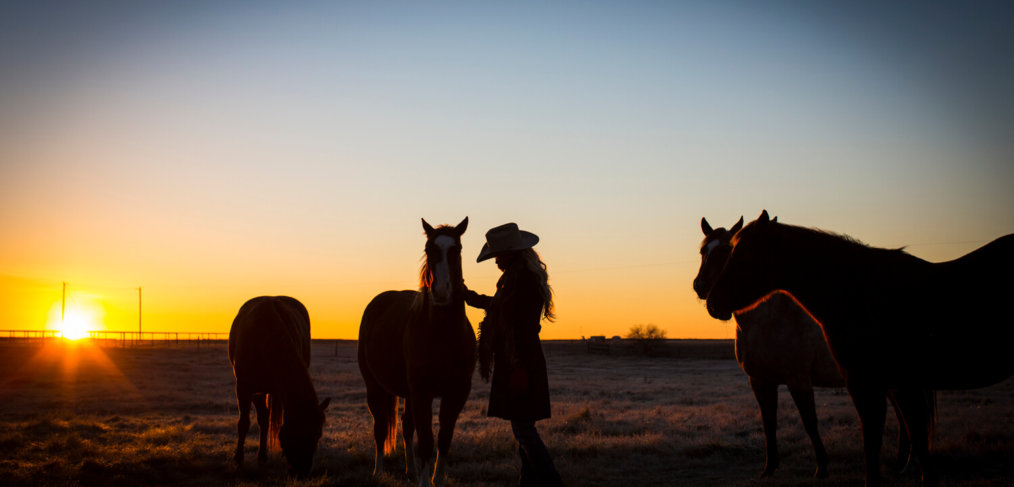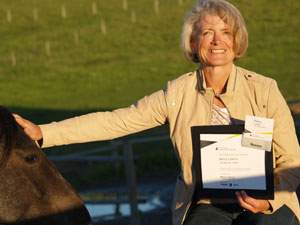 Do people really understand what you are saying? The question came to mind while watching a recent Buck Brannaman clinic.
Do people really understand what you are saying? The question came to mind while watching a recent Buck Brannaman clinic.
Since the release of the movie BUCK, people have flocked to his clinics. Perhaps drawn by fame, the romantic image of the cowboy or simply because he is a fabulous horseman. An entertainer as well Buck speaks in metaphor and through stories of his own experience. The classes are large so he suggests “if you behave like an alcoholic you will always think I am talking about you”. Hoping the magic will rub off, people and horses “waller” around the arena for three to four days, often never to return.
For a number of years I have made the drive to Montana to ride with Buck. This year friend, and co-facilitator in The Natural Leader programs, Kristen Cumming came along. Enjoying a cold beer after a long hot day in the arena, a brilliant idea surfaced. Buck needs an interpreter! We laughed at the thought of Kristen, in plain language, doing voice over to what Buck was saying. While it was in good fun, I have to admit the idea has merit.
It was most apparent when he demonstrated a pretty basic maneuver, “With your rein ask your horse to step over with his front feet”, the instruction continues, “open the door for your horse to move through”. Watching people can be painful as their frustration becomes evident as they try harder to do what they don’t understand.
The conversation around “open the door” and the actual meaning of “shift your weight out of the way of the horse’s leg” had me wondering how many people truly understand what their leaders are saying.
All organizations create their own language to set annual goals and objectives, define the quarterly expectations or even the task for the day. Done to aid in the effectiveness and efficiency of communication, just as metaphors do, acronyms replace department names, strategic plans, and programs, meetings are often conducted as if everyone understands the expressions and language. As a leadership consultant, I often find myself asking for the definition so as not to be left behind.
Communication is a common topic in The Natural Leader programs. As people work through an activity with a horse what quickly becomes clear is how much we assume we are communicating when in reality we are possibly only delivering half the message.
Effective communication shows up through the clarity of our intention, actions, emotions and the words we choose, the impact on others shows up in their actions or lack of them. Consider when you have committed to an objective, or idea, and you don’t experience the enthusiasm you were expecting from your team. How do you interpret that? If they had an interpreter, what might they say to you?
People who don’t understand, don’t stay. It is not a reflection of the competency of the leader or their ability, it is simply a communication break down.
All the elements of the activity Buck demonstrated are there. His subtle actions are enough for the horse, but rarely enough for his larger audience, you have to be dedicated and observant. Without seeing the weight shift the metaphor of opening the door has no meaning. A few more specific and concise words would go a long way to more riders understanding how he achieves his results.
If you had an interpreter what words would they choose to complete your thought?
——-
Nancy Lowery, lives and works in Calgary Alberta Canada. Her business The Natural Leader offers powerful leadership training through interactions with horses.







